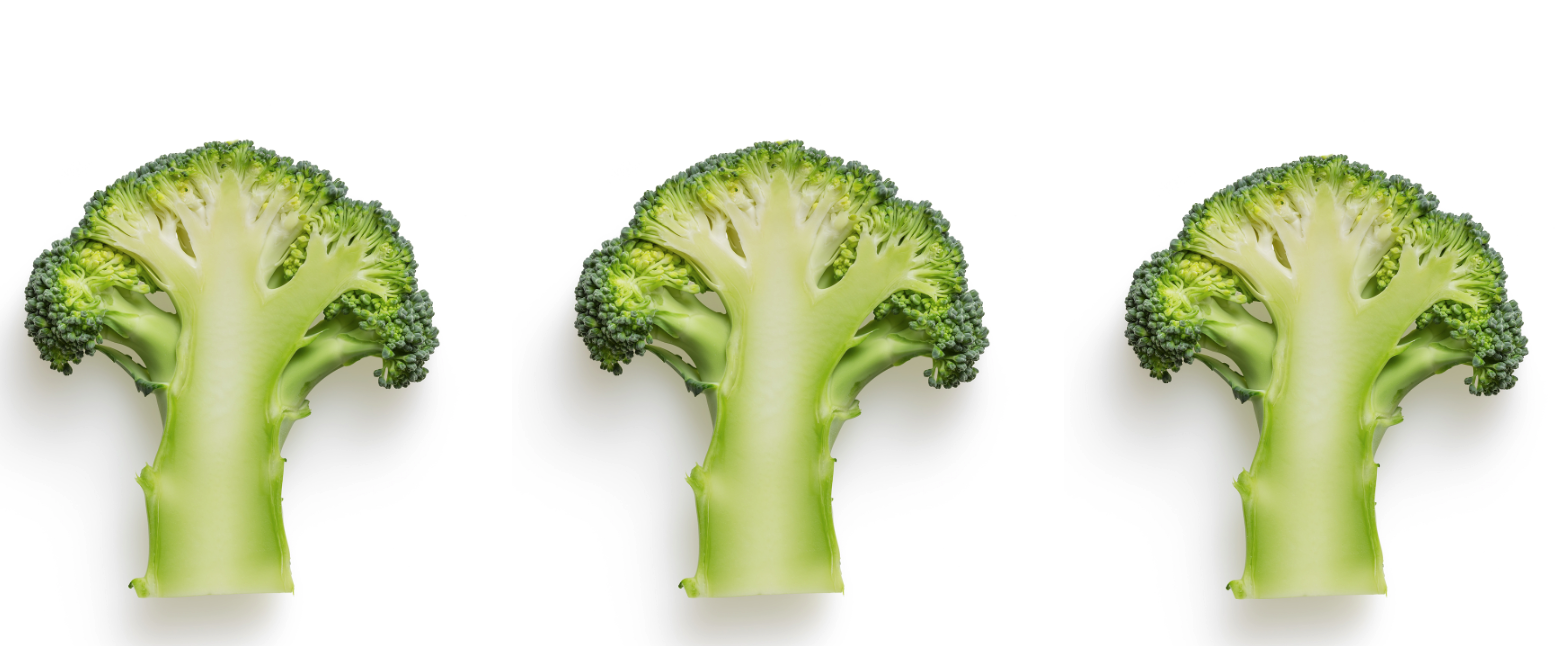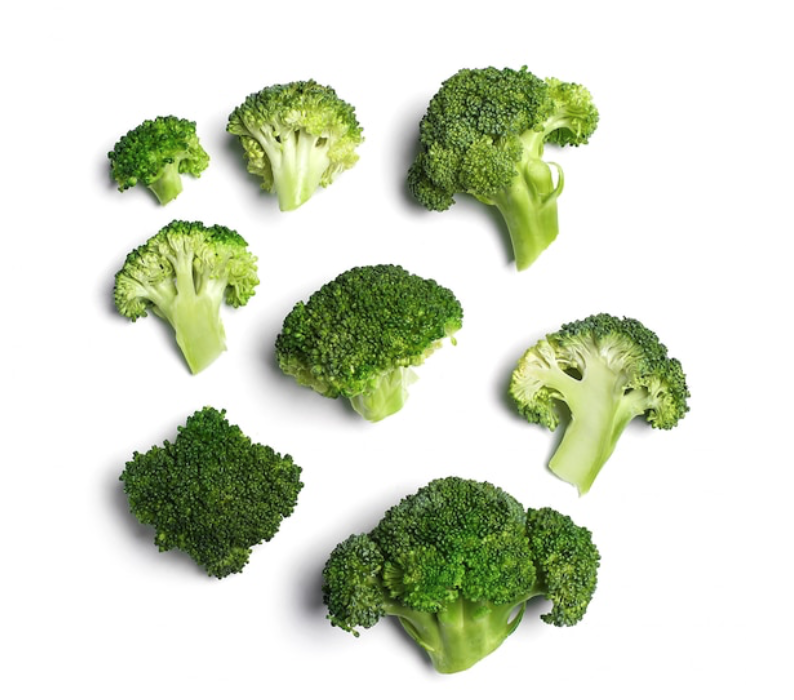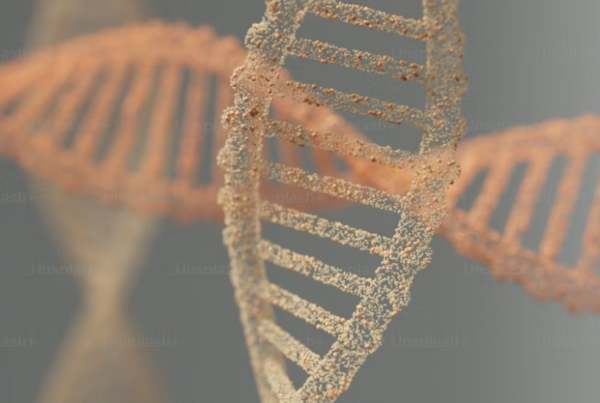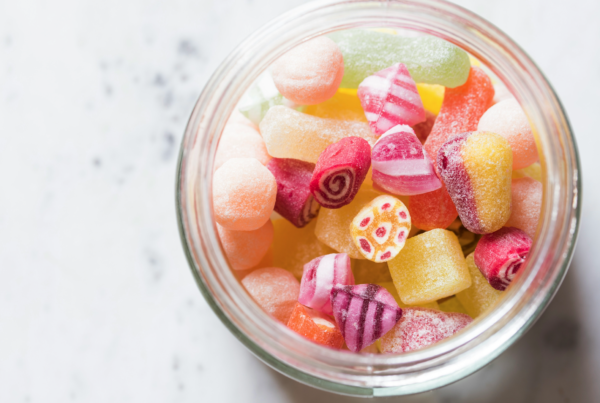This article is for people who follow a vegan diet and for people with lactose/casein intolerance. It will help them find the richest sources of non-dairy calcium.
The role of calcium
Almost all of the calcium present in the human body is stored in the bones, guaranteeing their health as well as their solidity. Calcium is also involved in muscle contraction, heartbeat, blood pressure regulation, blood clotting and nervous system function.
Contrary to ideas imposed for decades, it is not essential to consume dairy products to ensure the calcium intake that the body needs. Plants are also a very appreciable source of calcium because they are very assimilable and non-acidifying. The consumption of plants allows, in parallel, a refill in minerals such as magnesium and iron.
Milk, friend or foe?
A lot of controversy has arisen around the consumption of milk and fewer and fewer of us drink it. Dairy products can have a negative impact on our health: repeated ENT infections, respiratory problems, digestion problems, bloating to name a few.
The consumption of high-dose milk can also have the opposite effect of that expected, in particular in the fixation of calcium with the consequence of osteoporosis.
To deepen your knowledge on the subject, I recommend reading “Milk, Lies and Propaganda” by Thierry Souccar and “The Calcium Lie” by Dr Robert Thomson.
Calcium-rich fruits and vegetables
For millions of years, dairy products were not part of the human food landscape, and even today many countries do not consume them.
Here’s a list of foods that you should add daily to your plate, to ensure a good calcium intake.
Vegetables
The most interesting vegetables are crucifers, i.e. all varieties of cabbage, and more particularly broccoli whose calcium is highly assimilated. The equivalent of a cup of cabbage or broccoli, but also of onions, watercress, lamb’s lettuce, arugula provides as much calcium as a small glass of milk.
Legumes
White beans, red beans, chickpeas, lentils and soy (prefer fermented tofu or natto).
 Fruits
Fruits
Figs probably have the highest content, but also dried apricots and plums.
Nuts and seeds
Dried fruits: almonds, walnuts and pistachios.
Seeds: the champion is undoubtedly the sesame seed, then come the seeds of chia, flax, which will have to be ground to assimilate them well.
 Aromatic herbs
Aromatic herbs
Parsley is the richest, but also basil, dill, oregano, mint, thyme, sage which should be chopped at the last moment to keep all the properties.
Seaweed
Wakame, nori, kombu (cooked with legumes improves digestibility). For people who live in Portugal, I highly recommend the following workshops on this topic:
– Elina @Gata da Mata to learn how to cook seaweed for consumption https://www.facebook.com/gatadamata.porto
– Sofia @Terra Viva to learn hoe to cook with seaweed https://m.facebook.com/terraviva13/
In animal products, you can find calcium in sardines, provided that you eat the skin and bones.
Optimizing calcium absorption
The main actor that promotes the absorption of calcium is Vitamin D. Not very present in the diet, it is mainly synthesized by the body during exposure to the sun from April to October. It is therefor highly recommended to supplement during the winter months, after checking the levels by blood test or SoCheck examination.
Vegetables are better eaten raw or gently steamed, because cooking at high temperatures destroys a large part of the nutrients.
Physical exercise is also predominant for the solidification of bones and the optimal use of calcium.
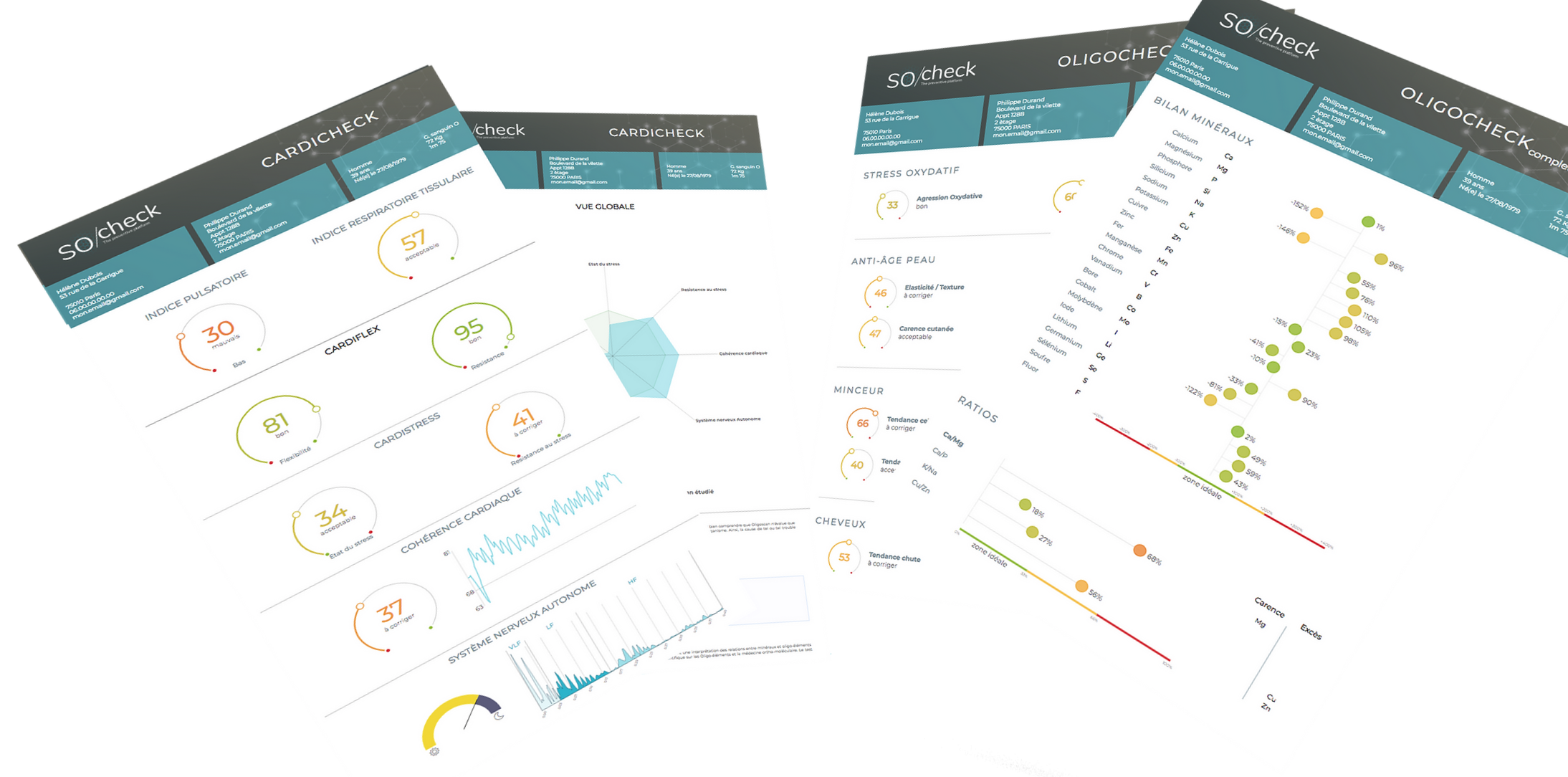
Don’t forget to check your levels regularly, mark a SoCheck appointment calling Clinica Alostase +351 934 363 040 or sending me an email.

